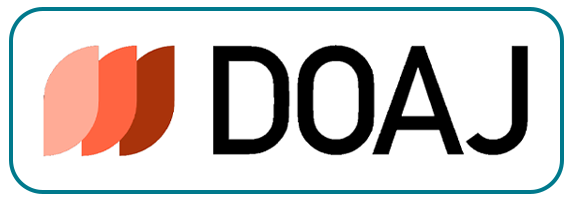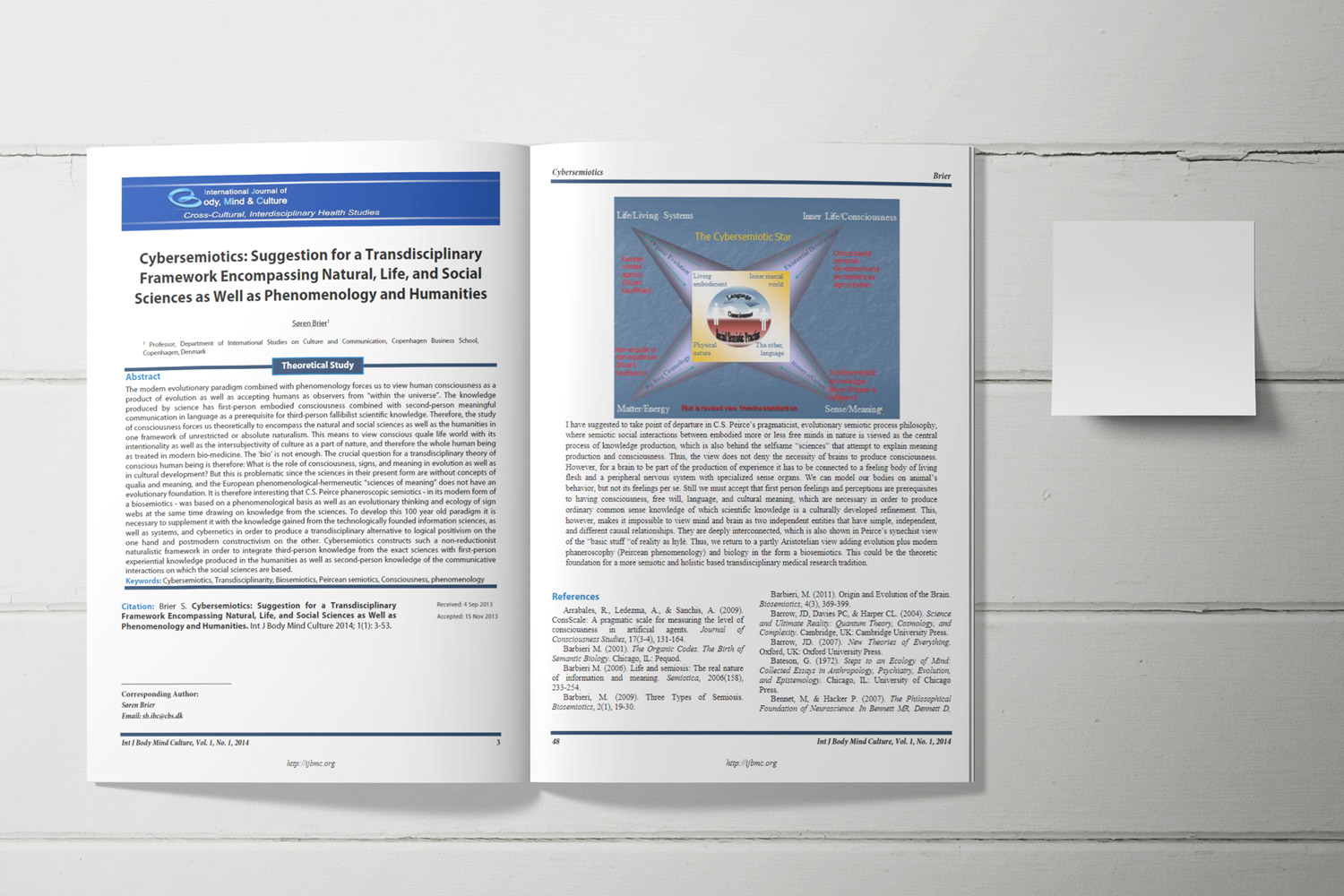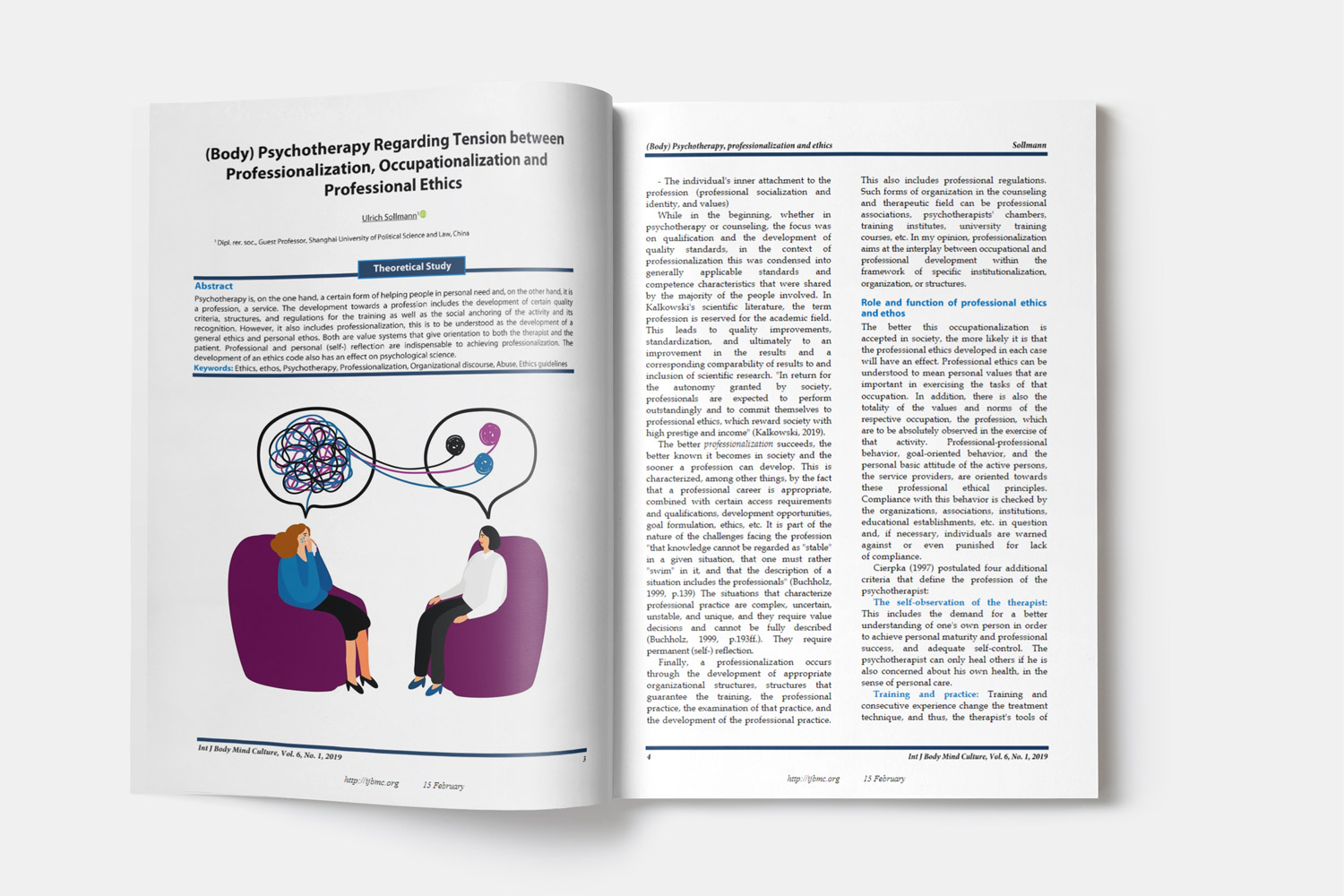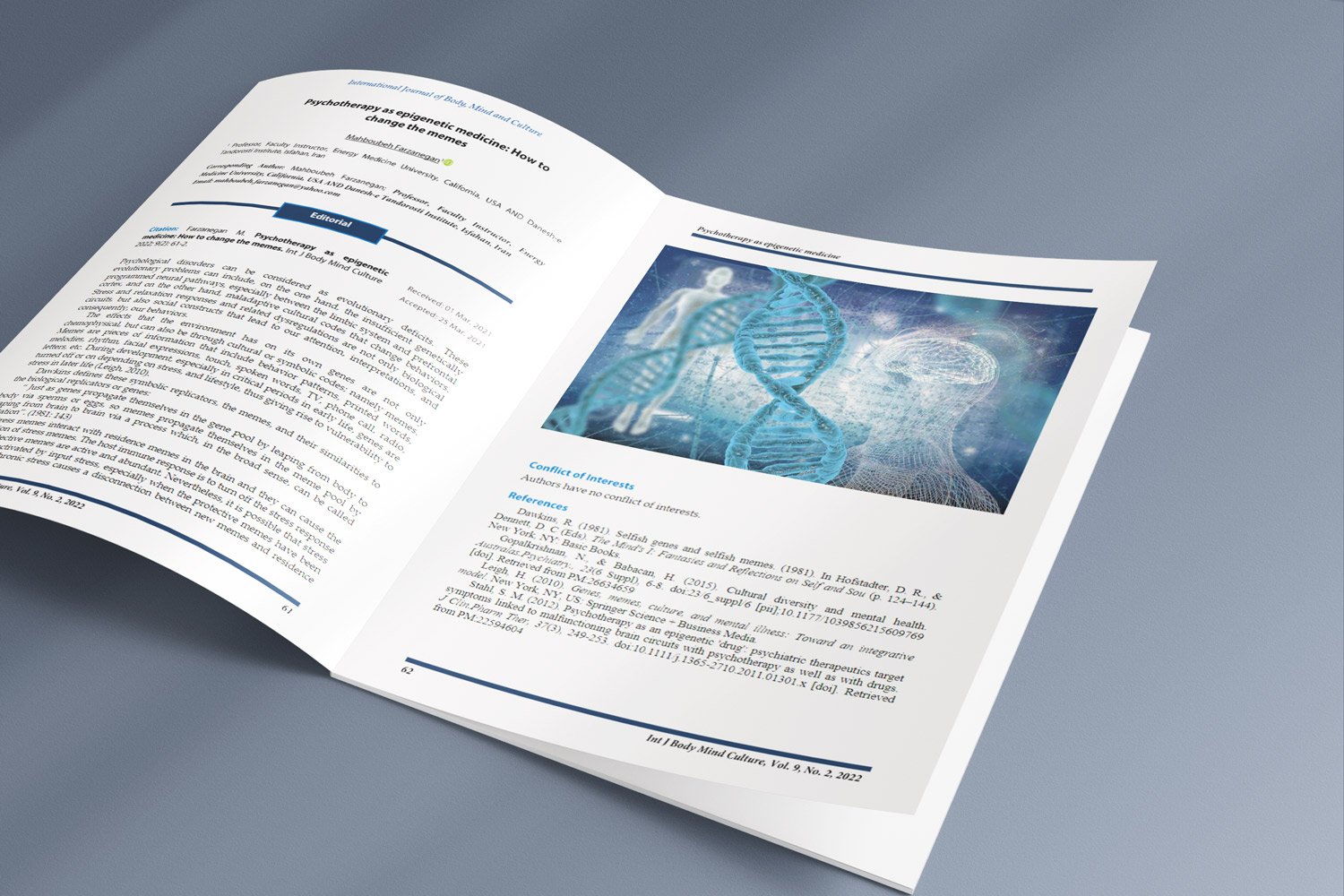Salivary Stress Biomarkers During Academic Examinations in Second-Year Dental Students
Downloads
Objective: Academic assessments are recognized as potent stressors for dental students. This study aimed to evaluate changes in salivary stress biomarkers—cortisol, α-amylase, and chromogranin A—associated with academic examinations in second-year dental students.
Methods and Materials: In this pre–post observational study, 40 second-year dental students (aged 20–22 years) from Al Hadi University College of Dentistry participated voluntarily. Unstimulated whole saliva was collected on two occasions: during a non-assessment period one week before examinations and during the assessment period at the end of exams. Samples were obtained by passive drooling for 5 minutes, coded to ensure confidentiality, and stored at −18 °C until analysis. Salivary cortisol, α-amylase, and chromogranin A concentrations were measured using ELISA according to the manufacturers’ instructions. Paired t-tests were used to compare biomarker levels between the two time points, with p ≤ 0.05 considered statistically significant.
Findings: Significant differences were observed in salivary cortisol and chromogranin A between the non-assessment and assessment periods, with higher mean levels in the non-assessment period compared with the examination period. In contrast, salivary α-amylase showed no statistically significant change between the two time points. These results indicate that cortisol and chromogranin A are sensitive to changes across the academic assessment period, whereas α-amylase did not reflect these changes in this sample of dental students.
Conclusion: Academic examinations in second-year dental students are associated with measurable alterations in salivary cortisol and chromogranin A, supporting their use as non-invasive biomarkers of academic stress. Monitoring these biomarkers may help educators identify high-stress periods and design interventions to reduce stress and promote students’ psychological well-being.
Downloads
Ali, N., & Nater, U. M. (2020). Salivary alpha-amylase as a biomarker of stress in behavioral medicine. International journal of behavioral medicine, 27(3), 337-342. https://doi.org/10.1007/s12529-019-09843-x
Chojnowska, S., Ptaszyńska-Sarosiek, I., Kępka, A., Knaś, M., & Waszkiewicz, N. (2021). Salivary biomarkers of stress, anxiety and depression. Journal of clinical medicine, 10(3), 517. https://doi.org/10.3390/jcm10030517
Crnković, D., Peco, M., & Gelo, J. (2018). Correlation between salivary biochemical stress indicators and psychological indicators. Acta Clinica Croatica, 57(2.), 316-326. https://doi.org/10.20471/acc.2018.57.02.13
Edwards, S., Clow, A., Evans, P., & Hucklebridge, F. (2001). Exploration of the awakening cortisol response in relation to diurnal cortisol secretory activity. Life sciences, 68(18), 2093-2103. https://doi.org/10.1016/S0024-3205(01)00996-1
Engeland, C., Hugo, F., Hilgert, J., Nascimento, G., Junges, R., Lim, H.-J., Marucha, P., & Bosch, J. (2016). Psychological distress and salivary secretory immunity. Brain, behavior, and immunity, 52, 11-17. https://doi.org/10.1016/j.bbi.2015.08.017
Hua, J., Le Scanff, C., Larue, J., José, F., Martin, J.-C., Devillers, L., & Filaire, E. (2014). Global stress response during a social stress test: impact of alexithymia and its subfactors. Psychoneuroendocrinology, 50, 53-61. https://doi.org/10.1016/j.psyneuen.2014.08.003
Inder, W. J., Dimeski, G., & Russell, A. (2012). Measurement of salivary cortisol in 2012–laboratory techniques and clinical indications. Clinical endocrinology, 77(5), 645-651. https://doi.org/10.1111/j.1365-2265.2012.04508.x
Kirschbaum, C., & Hellhammer, D. H. (1994). Salivary cortisol in psychoneuroendocrine research: recent developments and applications. Psychoneuroendocrinology, 19(4), 313-333. https://doi.org/10.1016/0306-4530(94)90013-2
Koh, D. S.-Q., & Koh, G. C.-H. (2007). The use of salivary biomarkers in occupational and environmental medicine. Occupational and environmental medicine, 64(3), 202-210. https://doi.org/10.1136/oem.2006.026567
Lee, T., Shimizu, T., Iijima, M., Obinata, K., Yamashiro, Y., & Nagasawa, S. (2006). Evaluation of psychosomatic stress in children by measuring salivary chromogranin A. Acta pædiatrica, 95(8), 935-939. https://doi.org/10.1080/08035250500538940
Meeran, K., Hattersley, A., Mould, G., & Bloom, S. (1993). Venepuncture causes rapid rise in plasma ACTH. International Journal of Clinical Practice, 47(5), 246-247. https://doi.org/10.1111/j.1742-1241.1993.tb09686.x
Miyakawa, M., Matsui, T., Kishikawa, H., Murayama, R., Uchiyama, I., Itoh, T., & Yoshida, T. (2006). Salivary chromogranin A as a measure of stress response to noise. Noise and Health, 8(32), 108-113. https://doi.org/10.4103/1463-1741.33951
Nagasawa, S., NISHIKAWA, Y., LI, J., FUTAI, Y., KANNO, T., IGUCHI, K., MOCHIZUKI, T., HOSHINO, M., YANAIHARA, C., & YANAIHARA, N. (1998). Simple enzyme immunoassay for the measurement of immunoreactive chromogranin A in human plasma, urine and saliva. Biomedical Research, 19(6), 407-410. https://doi.org/10.2220/biomedres.19.407
NAKANE, H., ASAMI, O., YAMADA, Y., HARADA, T., MATSUI, N., KANNO, T., & YANAIHARA, N. (1998). Salivary chromogranin A as an index of psychosomatic stress response. Biomedical Research, 19(6), 401-406. https://doi.org/10.2220/biomedres.19.401
Ng, V., Koh, D., Mok, B. Y., Chia, S. E., & Lim, L. P. (2003). Salivary biomarkers associated with academic assessment stress among dental undergraduates. Journal of Dental Education, 67(10), 1091-1094. https://doi.org/10.1002/j.0022-0337.2003.67.10.tb03701.x
NISHIKAWA, Y., LI, J., FUTAI, Y., YANAIHARA, N., IGUCH, K., MOCHIZUKI, T., HOSHINO, M., & YANAIHARA, C. (1998). Region-specific radioimmunoassay for human chromogranin A. Biomedical Research, 19(4), 245-251. https://doi.org/10.2220/biomedres.19.245
https://doi.org/10.2220/biomedres.19.237
O'Donnell, K., Kammerer, M., O'Reilly, R., Taylor, A., & Glover, V. (2009). Salivary α-amylase stability, diurnal profile and lack of response to the cold hand test in young women. Stress, 12(6), 549-554. https://doi.org/10.3109/10253890902822664
Obara, S., & Iwama, H. (2005). Assessment of psychological tension after premedication by measurement of salivary chromogranin A. Journal of clinical anesthesia, 17(7), 554-557. https://doi.org/10.1016/j.jclinane.2005.08.001
Obayashi, K. (2013). Salivary mental stress proteins. Clinica chimica acta, 425, 196-201. https://doi.org/10.1016/j.cca.2013.07.028
Ouda, S., Alaki, S., Safi, M., Nadhreen, A., & Johani, K. (2016). Salivary stress biomarkers–Are they predictors of academic assessment exams stress. J. Clin. Exp. Pathol, 15, 276-279. https://www.semanticscholar.org/paper/Salivary-Stress-Biomarkers-Are-They-Predictors-of-Ouda-Alaki/12bfe2edbf04b3b596f59a2cfaaaa1b5b6ed82d8
Pani, S. C., Al Askar, A. M., Al Mohrij, S. I., & Al Ohali, T. A. (2011). Evaluation of stress in final‐year Saudi dental students using salivary cortisol as a biomarker. Journal of Dental Education, 75(3), 377-384. https://doi.org/10.1002/j.0022-0337.2011.75.3.tb05051.x
Pruessner, J. C., Wolf, O. T., Hellhammer, D. H., Buske-Kirschbaum, A., Von Auer, K., Jobst, S., Kaspers, F., & Kirschbaum, C. (1997). Free cortisol levels after awakening: a reliable biological marker for the assessment of adrenocortical activity. Life sciences, 61(26), 2539-2549. https://doi.org/10.1016/S0024-3205(97)01008-4
Rocha, M. C. P. d., Martino, M. M. F. D., Grassi-Kassisse, D. M., & Souza, A. L. d. (2013). Stress among nurses: an examination of salivary cortisol levels on work and day off. Revista da Escola de Enfermagem da USP, 47(05), 1187-1194. https://doi.org/10.1590/S0080-623420130000500025
Scannapieco, F. A., Torres, G., & Levine, M. J. (1993). Salivary α-amylase: role in dental plaque and caries formation. Critical Reviews in Oral Biology & Medicine, 4(3), 301-307. https://doi.org/10.1177/10454411930040030701
Špiljak, B., Šimunović, L., Vilibić, M., Hanžek, M., Crnković, D., & Lugović-Mihić, L. (2024). Perceived stress, salivary cortisol, and temperament traits among students of dental medicine: a prospective and interventional study. Behavioral sciences, 14(4), 289. https://doi.org/10.3390/bs14040289
Strahler, J., Mueller, A., Rosenloecher, F., Kirschbaum, C., & Rohleder, N. (2010). Salivary α‐amylase stress reactivity across different age groups. Psychophysiology, 47(3), 587-595. https://doi.org/10.1111/j.1469-8986.2009.00957.x
Takai, N., Yamaguchi, M., Aragaki, T., Eto, K., Uchihashi, K., & Nishikawa, Y. (2004). Effect of psychological stress on the salivary cortisol and amylase levels in healthy young adults. Archives of oral biology, 49(12), 963-968. https://doi.org/10.1016/j.archoralbio.2004.06.007
Takatsuji, K., Sugimoto, Y., Ishizaki, S., Ozaki, Y., Matsuyama, E., & Yamaguchi, Y. (2008). The effects of examination stress on salivary cortisol, immunoglobulin A, and chromogranin A in nursing students. Biomedical Research, 29(4), 221-224. https://doi.org/10.2220/biomedres.29.221
Tammayan, M., Jantaratnotai, N., & Pachimsawat, P. (2021). Differential responses of salivary cortisol, amylase, and chromogranin A to academic stress. PLoS One, 16(8), e0256172. https://doi.org/10.1371/journal.pone.0256172
Vineetha, R., Pai, K.-M., Vengal, M., Gopalakrishna, K., & Narayanakurup, D. (2014). Usefulness of salivary alpha amylase as a biomarker of chronic stress and stress related oral mucosal changes–a pilot study. Journal of clinical and experimental dentistry, 6(2), e132. https://doi.org/10.4317/jced.51355
Copyright (c) 2025 International Journal of Body, Mind and Culture

This work is licensed under a Creative Commons Attribution-NonCommercial 4.0 International License.















